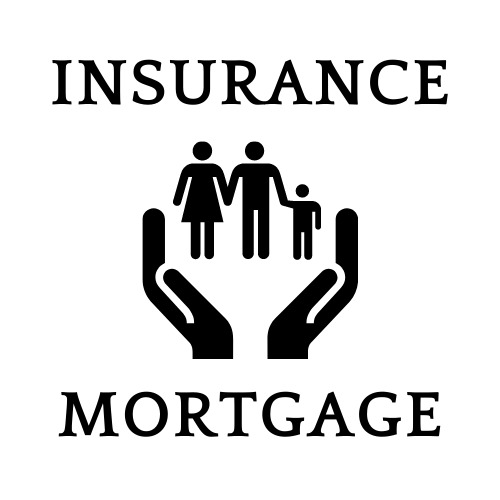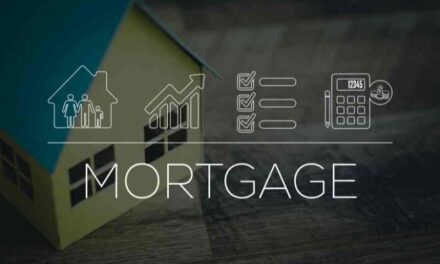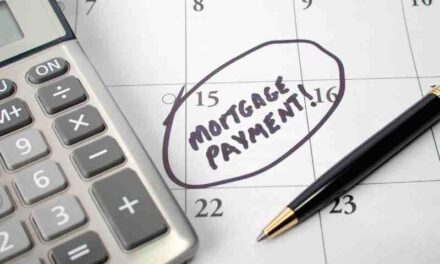Buying a home is an exciting time, but it can also be overwhelming, especially when it comes to choosing a mortgage. One of the biggest decisions you will make when applying for a mortgage is deciding whether to go with a fixed-rate or an adjustable-rate mortgage. Both options have their advantages and disadvantages, and the choice you make will depend on your individual financial situation and long-term goals. In this article, we’ll explore the differences between fixed and adjustable-rate mortgages to help you make an informed decision.
Fixed-Rate Mortgages
A fixed-rate mortgage is a type of home loan where the interest rate remains the same for the entire life of the loan, typically 15 or 30 years. This means that your monthly payments will stay the same, making budgeting and planning easier. One of the biggest advantages of a fixed-rate mortgage is the stability it offers. You won’t have to worry about your payments increasing, even if interest rates rise in the future. This makes a fixed-rate mortgage a good option for those who want to lock in a low rate for the life of the loan.
Another advantage of a fixed-rate mortgage is that it can provide peace of mind. You will know exactly how much you need to pay each month for the life of the loan, making it easier to plan for other expenses. This can be especially beneficial for those who are on a fixed income or those who are concerned about rising costs of living.
However, one downside of a fixed-rate mortgage is that the interest rate is typically higher than an adjustable-rate mortgage. This means that your initial monthly payments will be higher than they would be with an adjustable-rate mortgage. Additionally, if interest rates drop in the future, you won’t be able to take advantage of the lower rates without refinancing your mortgage.
Adjustable-Rate Mortgages
An adjustable-rate mortgage, or ARM, is a type of home loan where the interest rate can change over time. The interest rate is typically fixed for an initial period, usually 3, 5, 7, or 10 years, and then adjusts annually based on market conditions. An ARM can be a good option for those who expect their income to increase in the future, as the initial payments will be lower than a fixed-rate mortgage.
One advantage of an adjustable-rate mortgage is that the initial interest rate is typically lower than a fixed-rate mortgage, which means lower initial monthly payments. This can be particularly beneficial for first-time homebuyers or those who are looking to keep their initial mortgage payments low. Another advantage of an adjustable-rate mortgage is that it allows you to take advantage of falling interest rates without having to refinance your mortgage. This can save you money over the life of the loan.
However, the biggest disadvantage of an adjustable-rate mortgage is the uncertainty it can create. As the interest rate can change over time, your monthly payments can also change, making it difficult to plan for the future. This can be particularly problematic for those who are on a fixed income or those who have limited financial flexibility.
Which is Right for You?
Deciding whether to choose a fixed-rate or adjustable-rate mortgage can be a difficult decision. Ultimately, the choice will depend on your individual financial situation and long-term goals. Here are a few things to consider when making your decision:
- Your financial goals: If you plan to stay in your home for the long term and want stability in your monthly payments, a fixed-rate mortgage may be the best option. If you plan to sell your home in the near future or expect your income to increase, an adjustable-rate mortgage may be a better option.
- Your financial situation: If you have a limited budget or are concerned about rising costs of living, a fixed-rate mortgage may be the best option. If you have a flexible budget and are comfortable with a little uncertainty, an adjustable-rate mortgage may be a better fit.
- Current interest rates: It’s important to look at current interest rates when making your decision. If interest rates are low, a fixed-rate mortgage may be the best option to lock in a low rate. If interest rates are high, an adjustable-rate mortgage may be a better option as rates may decrease in the future.
- Length of time in the home: If you plan to stay in your home for a short period of time, an adjustable-rate mortgage may be a good option. If you plan to stay in your home for the long-term, a fixed-rate mortgage may be a better option.
It’s important to note that there are other types of mortgages available, such as hybrid mortgages, which combine elements of both fixed and adjustable-rate mortgages. A hybrid mortgage typically has an initial fixed-rate period followed by an adjustable-rate period. This can provide stability in the initial years of the loan while allowing for flexibility in the future. When making your decision, it’s important to weigh the advantages and disadvantages of each option and consult with a mortgage professional who can provide guidance based on your individual financial situation.
In conclusion, choosing between a fixed-rate and adjustable-rate mortgage is a significant decision that will have long-term implications on your finances. Both options have their advantages and disadvantages, and the right choice will depend on your individual financial situation and long-term goals. Consider your financial goals, current interest rates, and the length of time you plan to stay in your home when making your decision. Don’t be afraid to seek guidance from a mortgage professional who can help you navigate the complex world of mortgages and make an informed decision.




